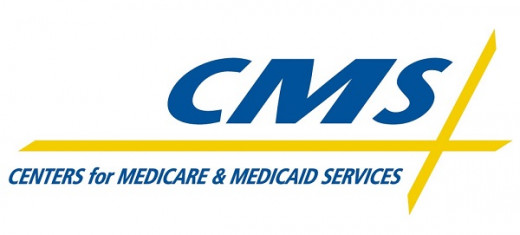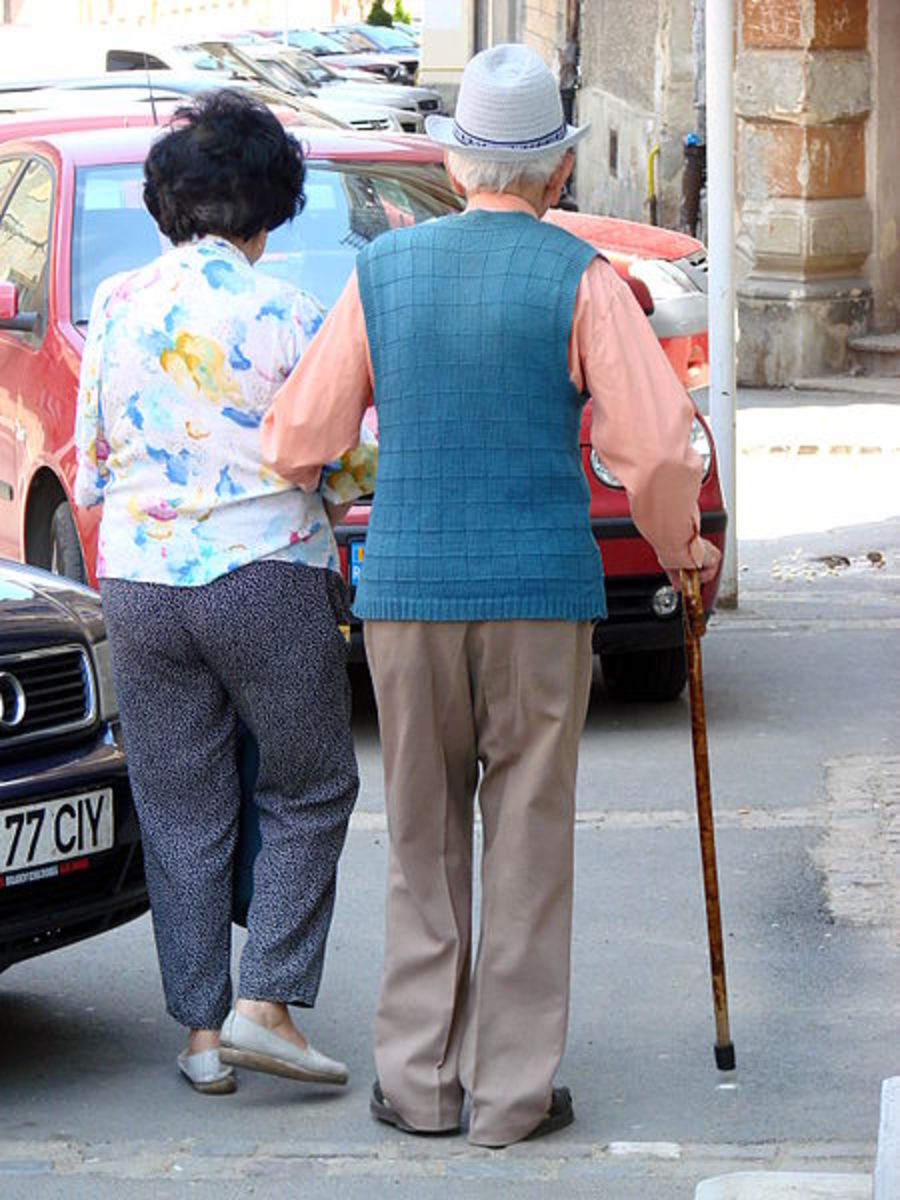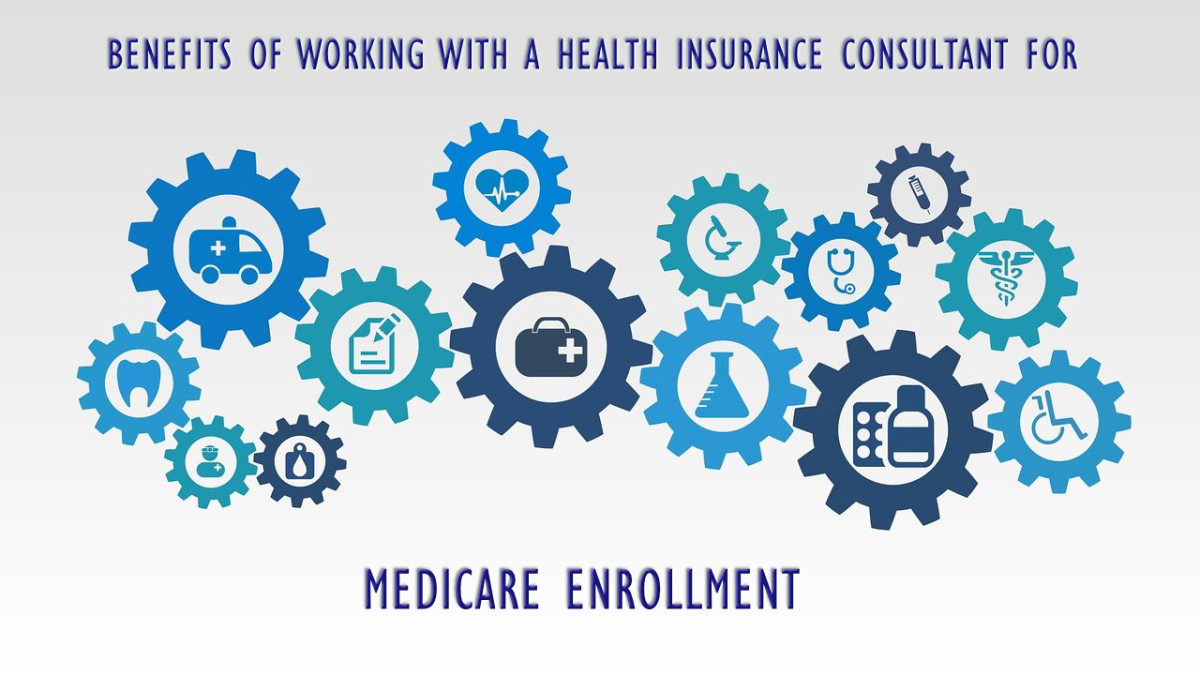Medicaid - Gov Pays You For Home Care
Personal Testimonial
I have done this with success for an elderly person needing help, so I know the plan works. This is not a gimmick or a sales pitch, but is true and a real program that does exist. I will give you an overview of the program and then step-by-step instructions for getting it done. This article of mine first ran in 2014 on Yahoo Voices (now defunct), but copyright retained.

How the Program Works
Did you know you can get Medicaid to pay you to take care of loved ones without being a nurse and without them leaving their home for a group home or skilled nursing care facility? What better person to take care of your aging mom and dad, but you. This can also apply to siblings, grandparents, a spouse, or even someone not related to you. Although the task sounds daunting, it's easy and the concept is simple. Nursing homes are expensive and it takes a lot of money for the government to house these individuals, feed them three square meals a day, manage their medication, pay utilities on the facility, and staff it efficiently. Let's not forget that the growing population of baby boomers is going to need somewhere to go. Enter solution of home based services in lieu of institutions and viola! This is not a scam, nor is it a job posting, but it is a list of steps you can take on how to get your loved one the long term care with Medicaid and get the government to pay you while you take care of them at home. This is a great alternative to nursing homes and skilled care facilities for not only the elderly, but also for the physically disabled and even those with intellectual disabilities. I personally have been through this process before as I myself have been an au pair for a senior, so I speak from experience.
This type of Medicaid program is for the person needing care to then have a personal care attendant to help with meals, bathing, dressing, medication management, house chores, yard chores, and other caregiver services. You do not need to be a certified nursing assistant (CNA) for this level of care if you will be doing the work yourself. I am not talking about a patient that needs a morphine drip administered, but the patient would need to have some kind of impairment that would take a considerable and physically taxing effort to leave the house or to get around in their own home. The patient may be elderly or maybe just disabled in a way that requires help with their everyday needs. The patient may even need help with transport to be mobile from room to room like some help upon standing, or perhaps to walk along with them and spot them or even steady them. Even if the patient does not need help for their entire shower or bath, they may need help getting in or out, or drying off their feet if they are unable to bend down. My point is the patient doesn't have to be an invalid to get the care they need or for you to get paid to do it, and they only need demonstrate a need for assisted care. Your loved one would direct their own care, whereas they name you as the attendant to provide the services and get paid and this is called consumer directed services (as opposed to agency directed services).
The attendant named by the patient would undergo a background check and could not have a police record that is on the barrier crimes list per requirements of this Medicaid program. Additionally, the patient could require that NO crimes (whether barrier or not) be associated with the caregiver. The attendant is considered an employee (for tax purposes) and not an independant contractor therefore taxes will be taken out each pay period. The person you work for is actually the patient and they are the employer of record (EOR) for paperwork purposes, but it is Medicaid that actually picks up the tab. Timesheets will be filled out by the attendant, but still signed by the patient (or EOR if the patient assigns someone to act on their behalf). If the patient has a guardian to act on their behalf, then note that some states will not allow that same guardian to live in the same dwelling with the one receiving home based care for the purposes of this program.
Moreover, the personal care attendant would need to be there "x" number hours per day, and for a certain number of days per week according to the amount of hours designated for the care of the patient. If the patient qualifies for respite hours, then the attendant may be able to sell-back or trade in those hours for someone from an agency to come in and take over the respite hours to allow the attendant to get some time off on weekends. Note that not all 50 states have respite hours or pay for those hours. Here you can see a chart on respite hours by state.
Quite often and for whatever reason Medicaid does not want the person providing the attendant care to be living with the patient needing the care, if the attendant is a non spouse of the patient. One can get around this by having written documentation why no other family or friends could or would be willing to provide the care. If let's say the patient has outlived all other family and there are no other living family members who can care for the patient, and yet the patient still wants to direct their own care, then this may be a good reason. Another alternative would be to post an ad online, perhaps Craigs List or post it in a grocery store or library. Make sure it's posted in a public place and take a picture of it in case you have to be able to prove it. The ad can't require tasks be performed that are over and beyond what is normal or more than what reasonably would have to be done to provide the care.
The first thing you need to do is get the patient qualified for Medicaid if you haven't already done so. The ABD 80 means aged, blind, and disabled and there are many portions or parts of Medicaid, such as QI1 status, SLMB, or QMB with different amounts of income caps. If you have done that part already (with your local social services), you might notice that Medicaid pays the Medicare Part B for the patient and therefore less is taken out of the monthly Social Security Retirement or Social Security Disability for that person.
Now normally to get full Medicaid, the income cap or ceiling is far less than the caps for the other portions of Medicaid listed above, however remember you are going for long term care and so when the patient or your loved one is approved they will be allowed a higher income cap and still be able to get full Medicaid and not just a portion thereof. For example, in some states the income cap for full fledge Medicaid is $766, while QI1 may be $1293, and SLMB may be $1149, with QMB being let's say $958, but with long term care the person can get full Medicaid if their income is over any of those amounts. This is because the cap is then raised for long term care so the Medicaid recipient doesn't hit their head on the low ceiling usually provided by straight Medicaid. The one receiving this long term care would probably have dual insurance of Medicare and Medicaid, with Medicaid paying hospital bills last, and Medicare acting as the primary insurance. When all is said and done the person may have obtained a status of QMB Extended or called "QMB Plus" with long term care allowing for the home based services with a personal attendant. The portions of Medicaid or full Medicaid are not for those with plenty of money because even if the patient qualifies for care for ABD based on their health condition (s), they still might be over the income requirements to qualify for attendant services and would have to pay for their own care out of their own pocket.
* Note: If prior to this process of seeking long term care through Medicaid with attendant services, the patient had supplemental insurance, this might be a good time to cancel that, since Medicaid will now pick up the other 20% that the supplemental insurance used to cover. The patient will probably still want to keep Medicare Part D, whereas Medicaid will not cover all the drugs under this full Medicaid plan. This is usually not a PPO Medicaid or MCO Medicaid, but as a state Medicaid, it will usually only cover 4 categories of drugs under a long term care recipient's Medicaid, being: cough and cold remedies; weight loss management; vitamins; and over the counter (O-T-C) drugs.

The Plan's Biggest Benefits
A.) The biggest benefit under this Medicaid plan is the ability to save money by not paying through the nose for supplemental insurance or coverage gap and also for the paid personal attendant care services.
B.) States pay approximately $8.50 to $9.00 an hour, with the average being about $8.86 per hour. It's not a lot of money and you won't get rich, but now you will get something for your time, whereas before you did it out of love, but were never compensated. The amount that is saved on the patient's insurance premiums for not having to carry insurance for the other 20% Medicare normally wouldn't cover is also a plus.
C.) Of course, if you don't want the pay, you can turn that over to someone else who would come in to the home and do the same thing you would have gotten paid to do, and either way Medicaid picks up the tab.
D.) Additionally, if there is no first floor bedroom and the home has 2 or more stories, then some states will allow for a chair lift that rides along side the stairs like an elevator, which is also paid by the government. Acorn Stairlifts website shows you what it looks like.
E.) Moreover, prescribed medicines like for the medical condition "cough syncope" are usually not paid for by Medicare, but are paid by Medicaid once they are on the program. That is because it is considered a cough remedy, even though it has nothing to do with the flu, but instead is commonly associated with those with COPD and the syncope can result in loss of consciousness during an episode. So you can get a few more medicines paid for under the program that usually are not covered by Medicare Part D or either had higher co-pays.
Disclaimer:
This is not intended to be a recommendation or advice for certain types of insurance to keep or drop, and is only general guidance, but please read the patient's health insurance plan as well as informing yourself on Medicaid laws in your state. Keep in mind though that some supplemental insurance plans have home health care as an added benefit with their policy, so double check your policy before making the decision to drop coverage.
Article is my own work, and copyrighted

How-To Guide to Getting Paid
Home Care Waiver Steps:
Below are the steps to take to get long term care for a loved one and get paid to do it:
1) Call your local city or county Social Services and ask for the adult services section. Tell them you want to set up a screening for a person AND want consumer directed services. That department might take your information right away or they might have an intake person call you back to gather the info.
2) After giving basic info, you will be told that a scheduler from adult services will call you within three weeks or so to set that appointment. If you have not heard within that time, call and follow-up.
3) After the initial 3 weeks has passed and you've heard from the scheduler about the appointed time, the screening should take place in approximately another 3 weeks in the home where the patient lives and the care will take place.
4) On the screening appointment there will be a case worker and a nurse both and they will be there for about 2 hours. You should have copies of the patient's identification (ID), health insurance, Social Security card and Medicare card. Having letters from doctors may be helpful for the nurse to write down the diagnosis and apply proper coding as well as saving some time to prevent waiting for them to obtain it.
5) After another 3 weeks, the patient will be mailed a letter stating whether they are approved for long term care and attendant services. This letter will be from the State Health Department first, with a follow-up letter a week later from your local Social Services stating they too are aware of the decision. If the patient is approved for long term care, but had not previously been on any Medicaid, then at that moment they are and will have a Medicaid number on a plastic card resembling a credit card.
6) You now have 30 days to pick a facilitator, and you should call around to find one you feel comfortable with. They also will gather some basic information. This facilitator is not the same as the attendant and is the liason between the patient and caregiver with Medicaid. These are consumer directed service facilitators and can be found on your state Medicaid website, but a list should have been given out at your screening appointment too.
7) Once you have found a facilitator you like, then you are obligated to report that to the State Health Department, so they can send on the UAI form to the facilitator to complete their part of the paperwork and set an appointment time with you.
8) The facilitator and you will talk again once they have received the form they need to proceed, and they will call to set an appointment. On the appointment, expect the initial visit to be about 2 hours. The patient will need to sign paperwork and the caregiver will also need to sign paperwork. Timesheets will also be explained. During this appointment, the facilitator will assign a certain number of hours per day and days per week when the attendant needs to be caring for the patient. Usually the facilitator will send you a packet of information prior to the appointed time so you can familiarize yourself with the forms and to answer some frequently asked questions. When the facilitator is done they will leave with you an employer manual for the consumer directed services program. Also the facilitator will obtain an EIN or employer identification number from the IRS for tax purposes.
9) Fill out time slips every 2 weeks and fax in to the payroll agency that pays on behalf of Medicaid (for your state). This is not the facilitator that set the hours and it is not a caregiver agency either. The time sheets has 2 certain numbers assigned for both the patient and caregiver to list on the form. This is not the EIN number, for you will not have to use that on any forms. In many cases, your state probably uses the payroll agency PPL or otherwise known as PCG Public Partnerships, LLC. The contact info by state for PPL is listed here.
10) All other things (other than time sheets) should be directed to the facilitator, including a change in hours needed, medication changes, questions, etc. If you need to go to the doctor or take a vacation, then let the facilitator know and they can find an agency to take your hours. These people will have at least as much knowledge on caregiving as you if not more, and many are nurses. If your loved one is admitted as an inpatient to the hospital, then you will write down no hours for that day(s). You should also report those hospital stays to your facilitator. Your facilitator is your first point of contact for the program. A back-up person or plan B person needs to be chosen (in advance if possible) for times of a planned absence. Even if you are not taking a planned vacation, you might have a car accident, but your loved one still needs care and so the facilitator will send over someone from an agency. Your loved one can also have some say as to who will be the back up person in your absence and can interview people from the agency sent over by your facilitator. Your facilitator will help you coordinate this. The facilitator will stop by every 2 months and again quarterly to make sure the attendant is there on the job and to check on the patient.
NOTE:
This is the last step other than reviewing your old insurance coverage that you might want to drop and notifying the doctors of the new coverage. You are now up and running with the program using what some states call the Elderly or Disabled Consumer Directed waiver or EDCD waiver under the 1915 (c) Home and Community Based Services aka HCBS waiver under the long term care Medicaid program. Some of these HCBS waivers in some states provide for care of autistic children, those with ID/DD, frail elderly, adults with severe mental illness, those with brain disorders, those with spina bifida, mental retardation, and cerebral palsy.
© 2015 GetFactsnotHype








